#Mary Ellen Solt
Explore tagged Tumblr posts
Text

Mary Ellen Solt. "Wild Crab" (1963).
2 notes
·
View notes
Text
"LITTLE WOMEN" (1949) Review

"LITTLE WOMEN" (1949) Review
Louisa May Alcott's 1868 novel is a bit of a conundrum for me. I have never been a fan of the novel. I have read it once, but it failed to maintain my interest. Worse, I have never had the urge to read it again. The problem is that it is that sentimental family dramas - at least in print - has never been appealing to me. And this is why I find it perplexing that I have never had any problems watching any of the film or television adaptations of her novel.
One of those adaptations proved to be Metro-Goldwyn-Mayer's 1949 adaptation, which was produced and directed by Mervyn LeRoy. It is hard to believe that the same man who had directed such hard-biting films like "LITTLE CAESAR", "I AM A FUGITIVE FROM A CHAIN GANG" and "THEY WON'T FORGET", was the artistic force behind this sentimental comedy-drama. Or perhaps MGM studio boss, Louis B. Meyer, was the real force. The studio boss preferred sentimental dramas, comedies and musicals. Due to this preference, he was always in constant conflict with the new production chief, Dore Schary, who preferred more realistic and hard-biting movies. Then you had David O. Selznick, who wanted to remake his 1933 adaptation of Alcott's novel. One can assume (or not) that in the end, Meyer had his way.
"LITTLE WOMEN", as many know, told the experiences of the four March sisters of Concord, Massachusetts during and after the U.S. Civil War. The second daughter, Josephine (Jo) March, is the main character and the story focuses on her relationships with her three other sisters, the elders in her family - namely her mother Mrs. March ("Marmee") and Aunt March, and the family's next-door neighbor, Mr. Laurence. For Jo, the story becomes a "coming-of-age" story, due to her relationships with Mr. Laurence's good-looking grandson, Theodore ("Laurie") and a German immigrant she meets in New York City after the war, the equally good-looking and much older Professor Bhaer. Jo and her sisters deal with the anxiety of their father fighting in the Civil War, genteel poverty, scarlet fever, and the scary prospect of oldest sister Meg falling in love with Laurie's tutor.
Despite my disinterest in Alcott's novel, I have always liked the screen adaptations I have seen so far - including this film. Due to the casting of Margaret O'Brien as the mild-mannered Beth, her character became the youngest sister, instead of Amy. Screenwriters Sally Benson, Victor Heerman, Sarah Y. Mason and Andrew Solt made other changes and they left out some of Alcott's memorable plot points from the novel's narrative. But these changes, however regretful a few of them were (namely Jo and Amy's conflict over the former's manuscript) did not have any real impact on Alcott's original story. Ironically, both Victor Heerman and Sarah Y. Mason wrote the screenplay for Selznick's 1933 film. This should not be surprising, considering that this adaptation bears a strong similarity to the earlier version. I thought Mervyn LeRoy's direction injected a good deal of energy into a tale that could have easily bored me senseless. In fact, MGM probably should have thank its lucky stars that LeRoy had served as producer and director.
As much as I admired LeRoy's direction of this film, I must admit there was a point in the story - especially in the third act - in which the pacing threatened to drag a bit. My only other problem with "LITTLE WOMEN" is that I never really got the impression that this film was set during the 1860s, despite its emphasis on costumes and the fact that the March patriarch was fighting the Civil War. Some might say that since "LITTLE WOMEN" was set in the North - New England, as a matter of fact - it is only natural that the movie struggled with its 1860s setting. But I have seen other Civil War era films set in the North - including the 1994 version of "LITTLE WOMEN" - that managed to project a strong emphasis of that period. And the production values for this adaptation of Alcott's novel seemed more like a generic 19th century period drama, instead of a movie set during a particular decade. It is ironic that I would make such a complaint, considering that the set decoration team led by Cedric Gibbons won Academy Awards for Best Art Direction.
I certainly had no problems with the cast selected for this movie. Jo March seemed a far cry from the roles for which June Allyson was known - you know, the usual "sweet, girl-next-door" type. I will admit that at the age of 31 or 32, Allyson was probably too young for the role of Jo March. But she did such a phenomenon job in recapturing Jo's extroverted nature and insecurities that I found the issue of her age irrelevant. Peter Lawford, who was her co-star in the 1947 musical, "GOOD NEWS", gave a very charming, yet complex performance as Jo's next door neighbor and friend, Theodore "Laurie" Laurence. Beneath the sweet charm, Lawford did an excellent job in revealing Laurie's initial loneliness and infatuation of Jo. Margaret O'Brien gave one of her best on-screen performance as the March family's sickly sibling, Beth. Although the literary Beth was the third of four sisters, she is portrayed as the youngest, due to O'Brien's casting. And I feel that Le Roy and MGM made a wise choice, for O'Brien not only gave one of her best performances, I believe that she gave the best performance in the movie, overall.
Janet Leigh, who was a decade younger than Allyson, portrayed the oldest March sister, Meg. Yet, her performance made it easy for me to regard her character as older and more emotionally mature than Allyson's Jo. I thought she gave a well done, yet delicate performance as the one sister who seemed to bear the strongest resemblance to the sisters' mother. Elizabeth Taylor was very entertaining as the extroverted, yet shallow Amy. Actually, I have to commend Taylor for maintaining a balancing act between Amy's shallow personality and ability to be kind. The movie also featured solid performances from supporting cast members like Mary Astor (who portrayed the warm, yet steely Mrs. March), the very charming Rossano Brazzi, Richard Stapley, Lucile Watson, Leon Ames, Harry Davenport, and the always dependable C. Aubrey Smith, who died not long after the film's production.
Overall, "LITTLE WOMEN" is a charming, yet colorful adaptation of Louisa May Alcott's novel. I thought Mervyn LeRoy did an excellent job in infusing energy into a movie that could have easily sink to sheer boredom for me. And he was enabled by a first-rate cast led by June Allyson and Peter Lawford. Overall, "LITTLE WOMEN" managed to rise above my usual apathy toward Alcott's novel.
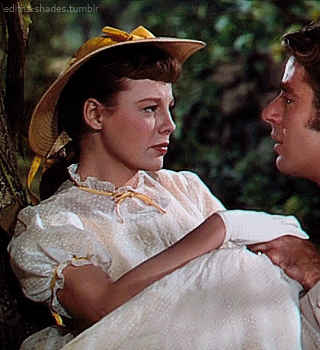
#little women#louisa may alcott#little women 1949#june allyson#janet leigh#elizabeth taylor#margaret o'brien#mary astor#peter lawford#leon ames#rossano brazzi#lucile watson#c. aubrey smith#elizabeth patterson#mervyn leroy#harry davenport#richard stapley#connie gilchrist#ellen corby#andrew solt#sarah y. mason#victor heerman#old hollywood#period drama#period dramas#costume drama
5 notes
·
View notes
Photo
Marie Ellen Solt. Forsythia (1965)

5 notes
·
View notes
Text
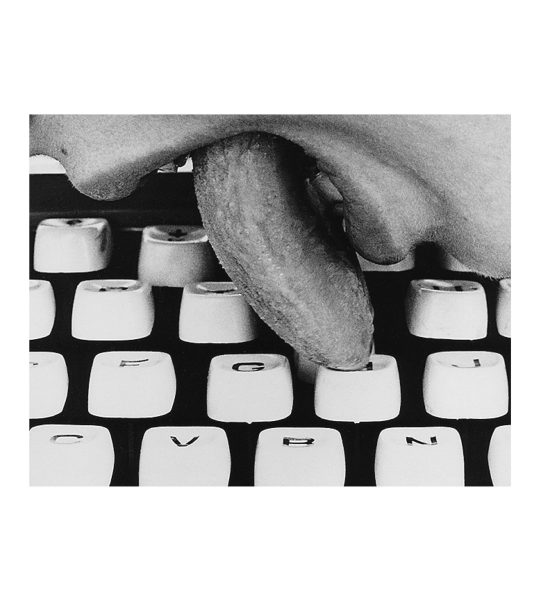
Women in Concrete Poetry: 1959-1979
Artists and writers include Lenora de Barros, Ana Bella Geiger, and Mira Schendel from Brazil; Mirella Bentivoglio, Tomaso Binga, Liliana Landi, Anna Oberto, and Giovanna Sandri from Italy; Amanda Berenguer from Uruguay; Suzanne Bernard and Ilse Garnier from France; Blanca Calparsoro from Spain; Paula Claire and Jennifer Pike from the UK; Betty Danon from Turkey; Mirtha Dermisache from Argentina; Bohumila Grögerová from the Czech Republic; Ana Hatherly and Salette Tavares from Portugal; Madeline Gins, Mary Ellen Solt, Susan Howe, Liliane Lijn, and Rosmarie Waldrop from the US; Irma Blank and Ruth Wolf-Rehfeldt from Germany; Chima Sunada from Japan; and Katalin Ladik and Bogdanka Poznanović from the former Yugoslavia Edited by Alex Balgiu and Mónica de la Torre
#Lenora de Barros#Ana Bella Geiger#Mira Schendel#Mirella Bentivoglio#Tomaso Binga#Liliana Landi#Anna Oberto#Giovanna Sandri#Amanda Berenguer#Suzanne Bernard#Ilse Garnier#Blanca Calparsoro#Paula Claire#Jennifer Pike#Betty Danon#Mirtha Dermisache#Bohumila Grögerová#Ana Hatherly#Salette Tavares#Madeline Gins#Mary Ellen Solt#Susan Howe#Liliane Lijn#Rosmarie Waldrop#Irma Blank#Ruth Wolf-Rehfeldt#Chima Sunada#Katalin Ladik#Bogdanka Poznanović#library
70 notes
·
View notes
Text

Del libro The Collected Poems of Mary Ellen Solt publicado por Primary Information.
0 notes
Text

Forsythia, 1965, Mary Ellen Solt. From Flowers in Concrete (Bloomington: Fine Arts Department, Indiana University, 1966). The Getty Research Institute, 94-B19512.
0 notes
Text
Shooting star senton (STORMBREW)
- EMERGENCY MARY ELLEN SOLT
- EMERGENCY
- EMERGENCY ON JACK SPICER
- EMERGENCY THEO AARTSMA14
- EMERGENCY CLAY
0 notes
Text
Poster Research

"Forsythia” from Mary Ellen Solt’s Flowers in Concrete, Bloomington: Indiana University, 1966. https://blogs.libraries.indiana.edu/lilly/2023/03/23/selections-from-flora-fauna-mary-ellen-solts-forsythia-in-flowers-in-concrete/
This poster is extremely creative and I really like how the actual word "Forsythia" and the letters of it are used to create the image of the actual plant. I love how Solt deconstructed the word and used the letters and connected lines to create the illusion of long thin branches, with the letters acting as the blossoms of the Forsythia tree. The colour of the background is also effective as this yellow is the shade of the forsythia flowers. This poster is overall very effective, enjoyable to look at, and also a creative visual play-on (or rather play-with) - words.

The Mouse's Tale", p.36 in the 1865 edition of Alice's Adventures in Wonderland https://en.wikipedia.org/wiki/The_Mouse%27s_Tale
Not a poster, but it's a very fun play with type and shapes. The shape language is incredibly effective, the zig-zag shape of the text leading the reader's eye effortlessly downwards, following the zig-zag. The words getting smaller also give the illusion that the speaker is getting quieter or getting further away so our narrator cannot hear them. Or that Alice is getting bored of Mouse's ramblings and is slowly tuning him out. It adds so much interest and life to the book, especially one as fantastical as Alice in Wonderland, playing with text and shape like this is ultimately going to sell the fantastic nature of the book a lot more.
0 notes
Text


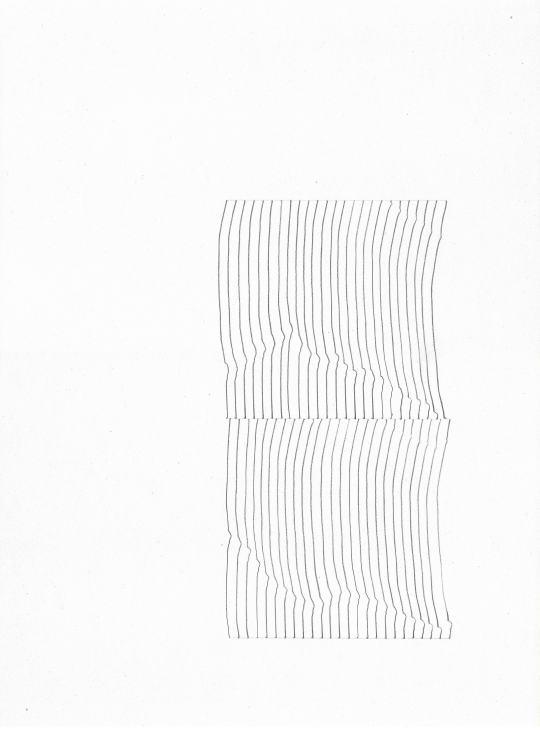
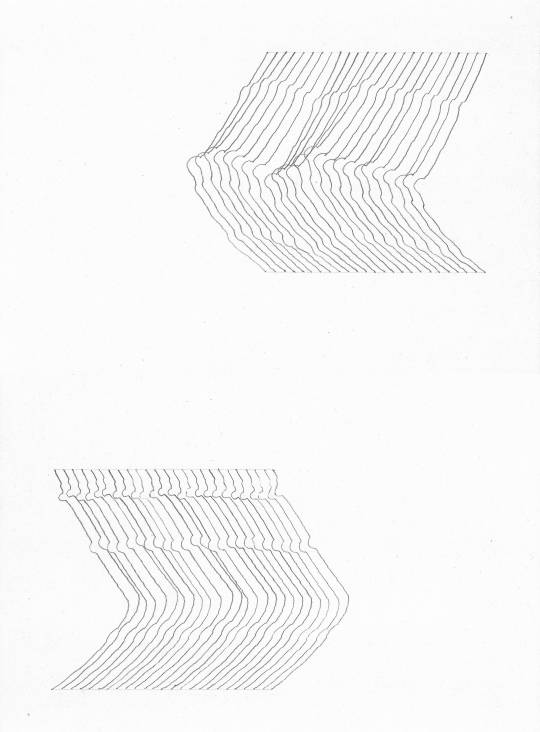

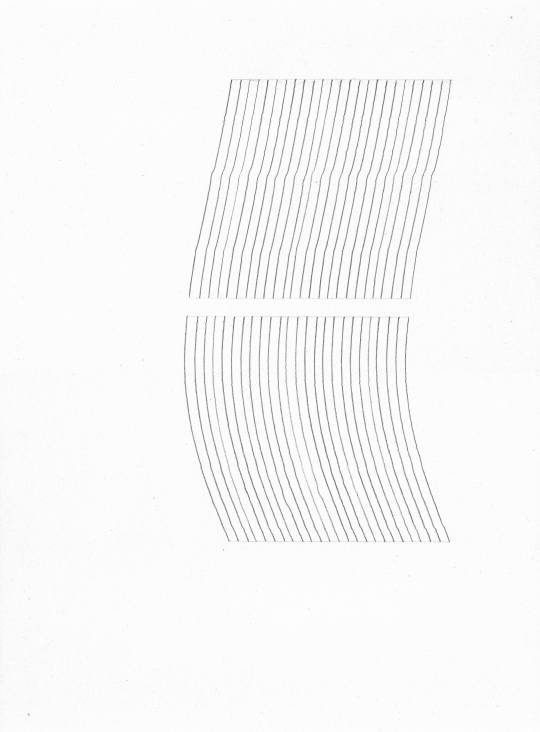
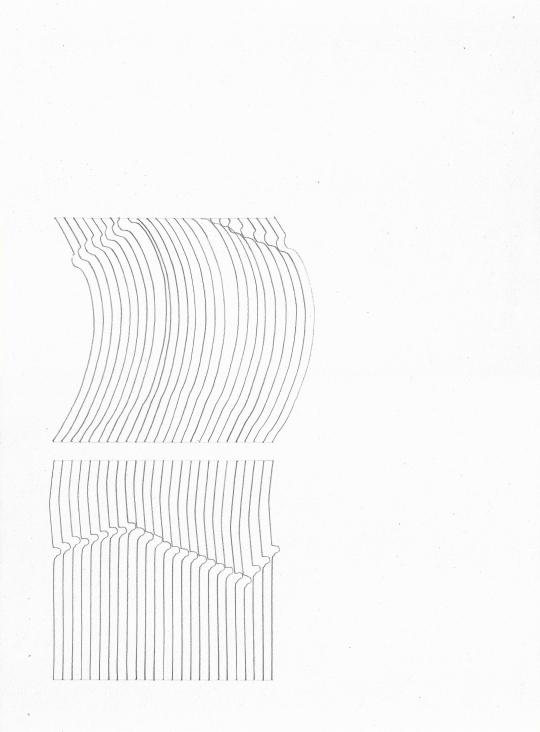
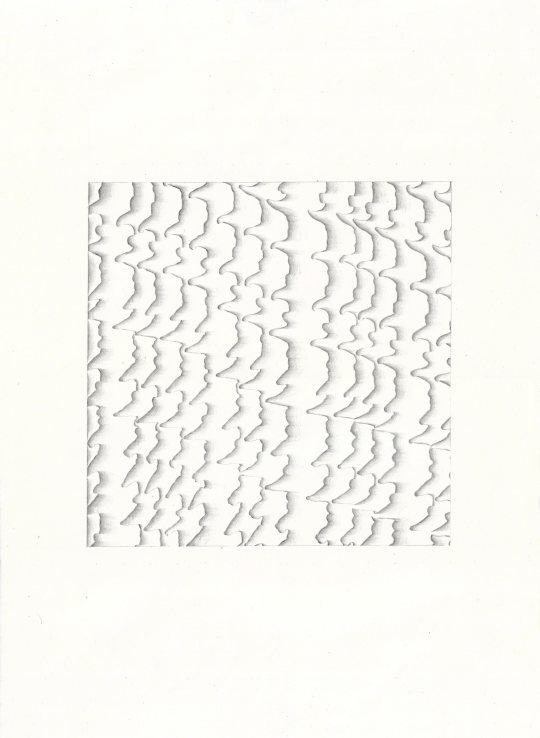
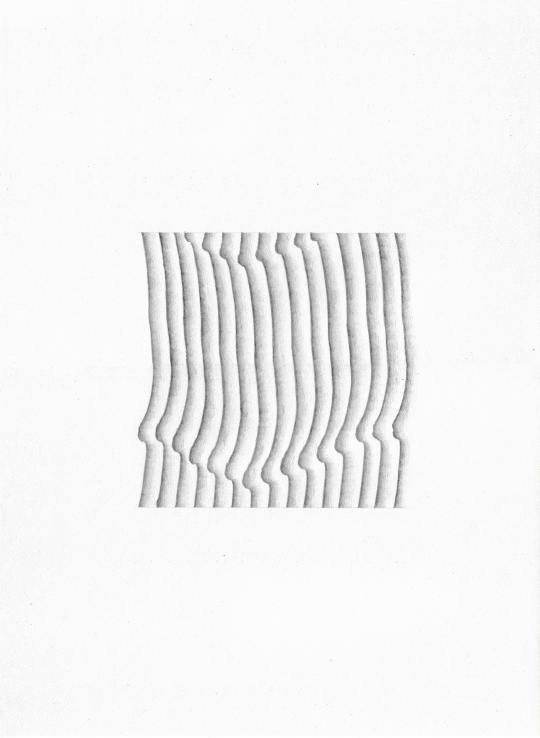
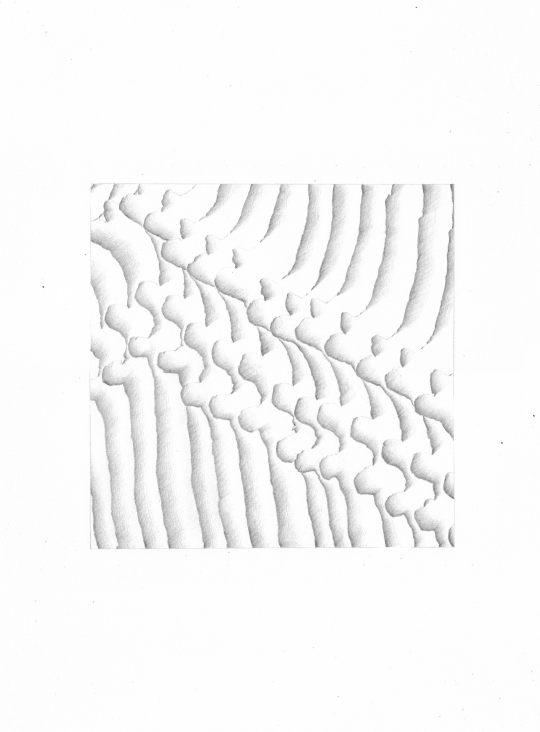
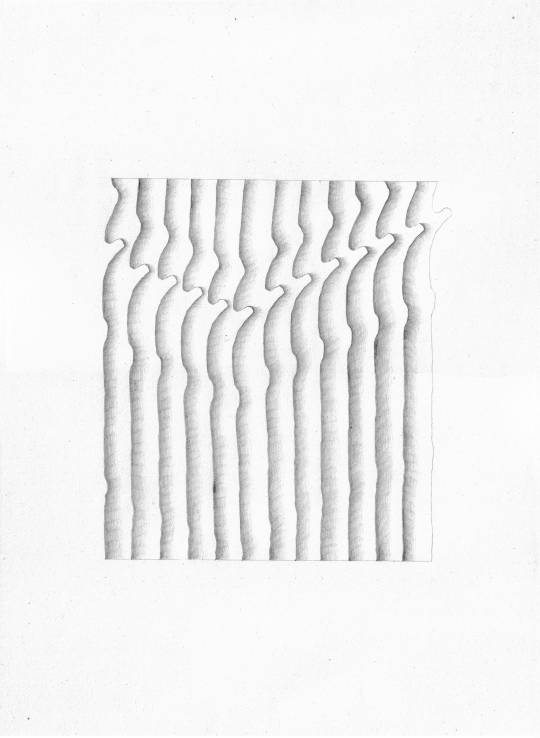
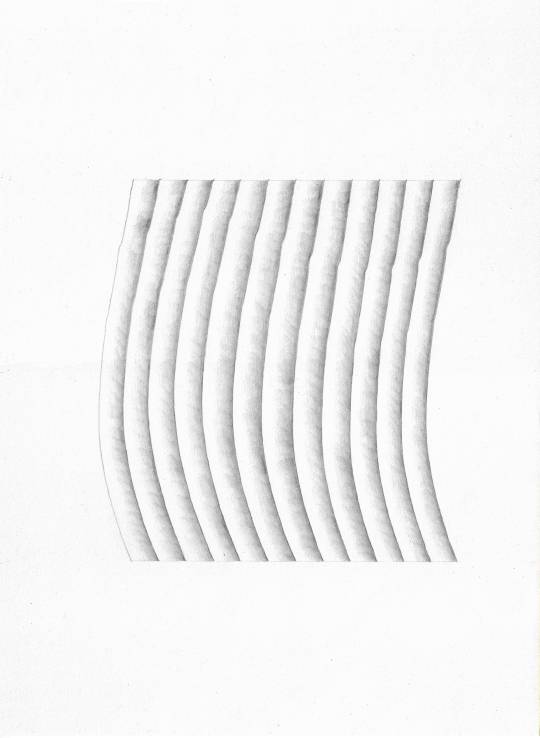
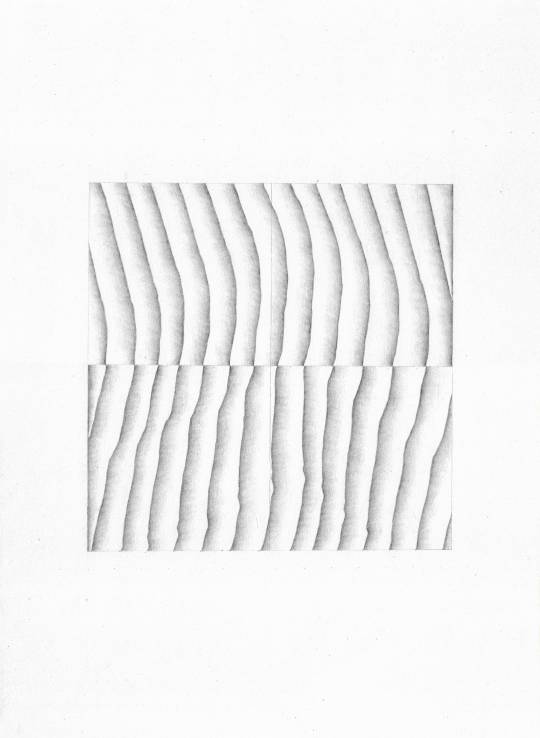
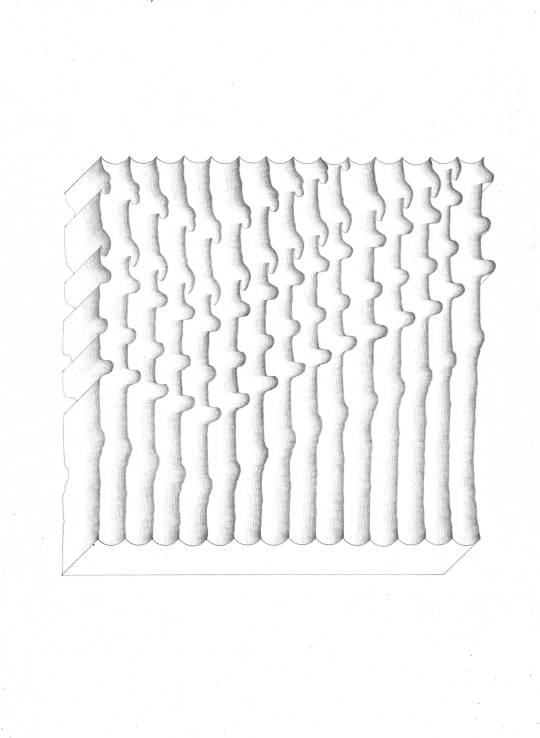
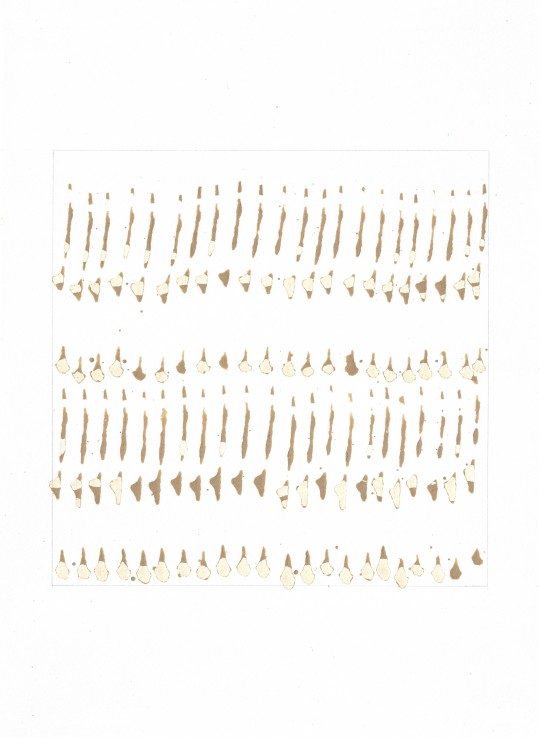
Cadencias (Estudio de onfalos) 2020.
A través de los modos de representación social y artística, podemos identificar diversos tipos de signos de inscripción, como escrituras, huellas, tejidos, trazados o dibujos presentes en innumerables objetos, paisajes y soportes. Entre estas grafías, encontramos formas restringidas, lineales, de izquierda a derecha, alfabéticas y fonográficas, por mencionar algunos ejemplos. Podemos observar escrituras en pinturas de vasijas indígenas, quipus, códices, glifos mayas, cámaras funerarias antiguas, tablillas como las de la isla de Rapanui, pucaras, pircas, así como en planos o mapas de ciudades, en la agricultura y en los trazados del terreno. Incluso la danza puede ser considerada un arte de inscripción, por las marcas que dejan en el suelo los bailarines o en ceremonias indígenas con distintos trazados en la tierra, formando figuras como círculos. También en la música, encontramos una amplia gama de formas de escritura, notación y composiciones, desde las más tradicionales hasta las más experimentales. Esto nos indica la existencia de una infinitud de variaciones y tipos de escritura. Al explorar la relación entre arte y escritura, se me viene a la mente la obra de artistas como la vista en clases Mirtha Dermisache (1940-2012), Dora Maurer (1937-), Irma Blank (1934-2023), Agnes Martin (1912-2004) y Elena Asins, artistas gráficos, o que provienen de la poesía concreta como es el caso de Mary Ellen Solt (1920-2007), quienes han experimentado con la representación gráfica del lenguaje y la exploración de nuevos modos de inscripción.
Para mi trabajo, desarrollé una guía que establece una serie de reglas para la creación de dibujos y composiciones, llamada “Cadencias”. Mis intereses siempre se han basado en la utilización de materiales naturales y la gráfica o el dibujo, por lo tanto, el programa que desarrollé se enmarca en esta línea de exploración artística. Las reglas abarcan desde la búsqueda de ramas en la calle hasta la creación de una matriz de 20 x 20 cm en grafito sobre papel, con divisiones verticales cada cinco o quince centímetros. Posteriormente, se elige un lado de la rama encontrada y se repite de manera aleatoria, respetando las marcas realizadas en la matriz en la parte superior e inferior, asegurando no exceder el límite del cuadrado. Además, se pueden agregar más matrices y explorar diversas cadencias y elecciones de ramas. En algunos solo se hace la linea con grafito, en otros se hace un degrade con el mismo lapiz, en otras se hace una pieza volumetrica con el resultado o en otros casos se aplica masilla de arcilla y se mancha repetidamente sobre el cuadrado dibujado en el papel
Por lo tanto los resultados de este proceso se materializan grafías, que las divido en cuatro: lineales, degrades, volumetricos y manchas.
La indeterminación de las creaciones radica en el azar de la elección de la rama y en el tipo de composiciones que surgen a partir de este proceso, así como en la ejecución del programa.
0 notes
Text

Jaroslav Malina and Mary Ellen Solt.
15 notes
·
View notes
Text
lost sonnets / catherine vidler. 2018
lost sonnets / catherine vidler. 2018
Click to access lost-sonnets-free.pdf § and, please, enjoy these sonnets too: – nanni balestrini. da “ipocalisse”. 1980-83 [09-06-2014 .it] – mark staniforth. anti-sonnets. 2019 [25-11-2021 .en] – mark staniforth. fryup sonnets. 2019 [26-11-2021 .en] – mark staniforth. non-sonnets. 2020 [27-11-2021 .en] § Mary-Ellen Solt, Moonshot Sonnet, 1964

View On WordPress
#Catherine Vidler#concrete poetry#experimental writing#Ipocalisse#Lost Sonnets#Mark Staniforth#Mary Ellen Solt#materiali verbovisivi#Moonshot Sonnet#Nanni Balestrini#poesia concreta#ricerca letteraria#scrittura concreta#sonnet#sonnets#timglaset#vispo
0 notes




